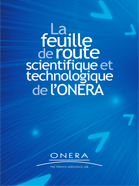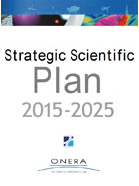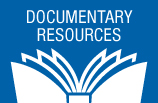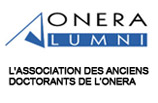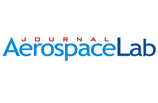Mission
Casting light from the present to illuminate the future
Shedding light on the future, imagining innovative future concepts, generating advanced research ideas for making this future possible: these are the main missions of the CPVA (Centre de Prospective et de Veille Aérospatiales), ONERA's aerospace prospective studies and monitoring centre.
The CPVA conducts its missions via multidisciplinary prospective studies and monitoring by organising the work of groups of engineers on the topics explored.
The studies are carried out within the scope of the following guidelines:
- The CPVA has an "upstream" mission with respect to the studies conducted in the ONERA departments, and with respect to future-oriented industrial studies.
- The CPVA is tasked with scientific, technical and technological forecasting and monitoring, expressed in terms of solutions, as opposed to forecasting in terms of needs, which is already adequately covered by the bodies in place within State agencies and services (DGA, CNES, EU, etc.).
References
Dirigibles for defence and security
Before being supplanted by aeroplanes, dirigibles were the first vehicles enabling man to fly. They could return to centre-stage for the purposes of civil or military observation, according to an ONERA prospective study. Existing craft, flying at low altitude, are particularly suited to long-duration flights at low or zero cruise speed. Stratospheric dirigibles, still to be designed, would constitute an alternative or complementary solution to satellites, for high-altitude observation. Many technical challenges need to be overcome, however, before this prospect can be achieved.
Megacities under surveillance
On account of their large population density, megacities are particularly vulnerable to threats (industrial accidents, natural disasters, terrorism, organised crime, etc.). In a prospective study conducted in 2010, ONERA sought to determine what skills deriving from the aerospace and defence sectors could be applied to these safety and security issues. This involves sensors, information processing and simulation facilities (the latter enabling the assessment of complete surveillance systems). Yet it is essential that these technologies should take account of the human dimension (behaviour of individuals and of crowds) and the question of social acceptability as raised by problems of security. For this it is necessary to combine a "hard" science and "soft" (human and social) science approach.
Air transport in 2015: research laying the groundwork for the future
2050 needs to be prepared for today. This is our conviction at ONERA. Based on this outlook, the organisation is pooling its multidisciplinary skills to identify, well upstream, the most promising avenues for research for the future. Hence, in 2010, the ATS 2050 "Air transport 2050: research for preparing for the future", conducted on behalf of EREA11, envisaged various possible developments for air transport and identified priority lines of research.
Download ATS2050 report complète :
- ATS 2050-phase 1 - french version
ou ATS 2050-phase 1 - english version
- ATS 2050-phase 2 - english version
1 European Research Establishments in Aeronautics





